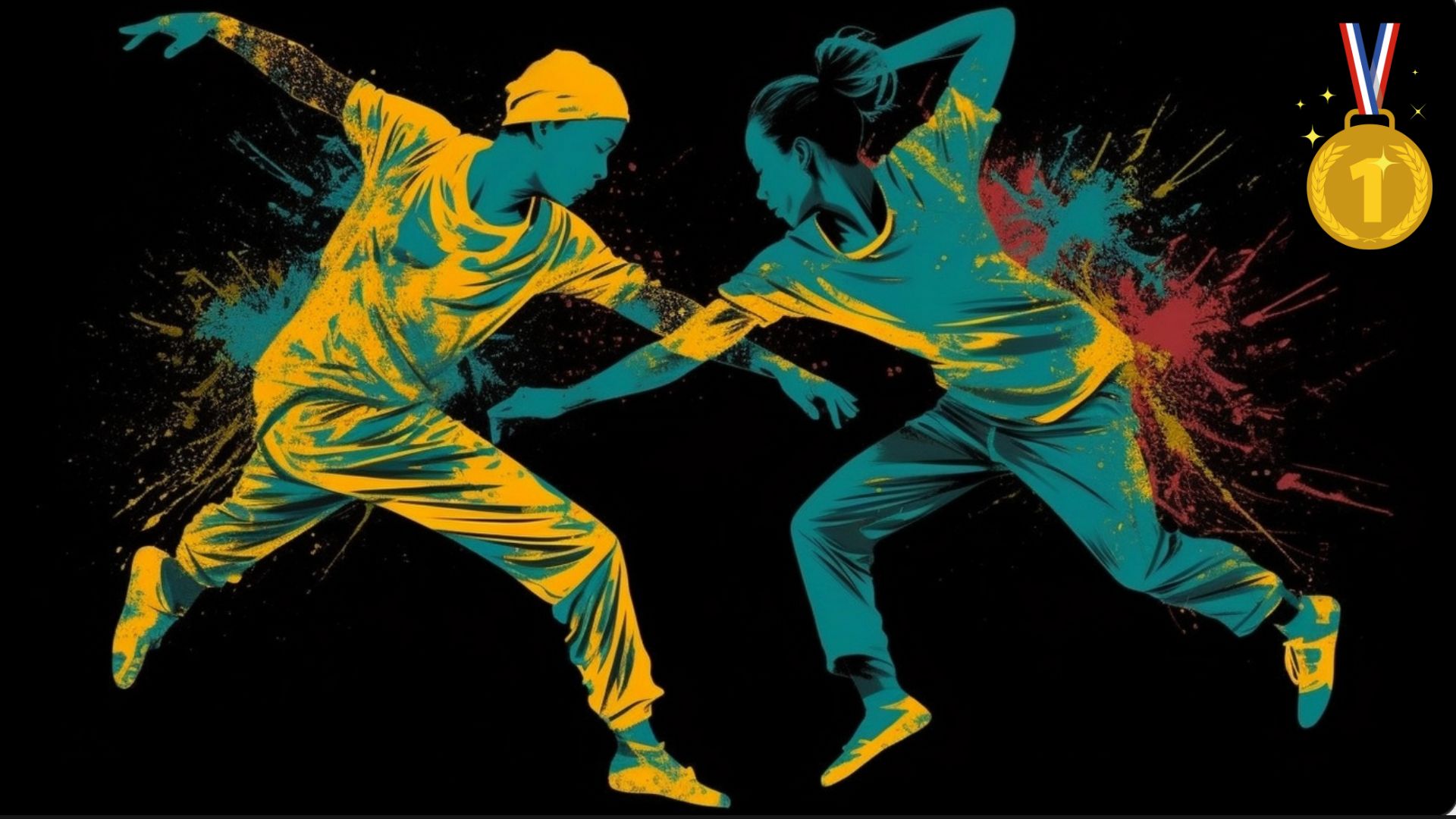In a compelling episode of Hard Knock Radio, host Davey D engaged with Hip Hop dance legend Crazy Legs to explore the rich history and cultural impact of breakin’ (breakdancing), particularly in light of its forthcoming debut in the Paris Olympics.
Introduction to Breaking’s Legacy with Crazy Legs
Crazy Legs, a key figure in the world of breaking and longtime leader of the Rock Steady Crew, began by correcting a widespread misunderstanding about his role: “I’m not the founder. Jimmy D and Jimmy Lee are the ones who founded it… and then they put Jojo in,” he emphasized the importance of recognizing the true pioneers of the movement.
Breaking’s Global Journey Begins
The early days of breaking’s international exposure started with a landmark 1981 tour. “What we did in 1981 was something different… it was the first curated presentation of all elements of hip hop in the downtown scene,” Crazy Legs recalled. This tour played a pivotal role in introducing breaking to a global audience and integrating it into the cultural and mainstream arts scenes.
Breaking in Mainstream Media: The Flashdance Impact
Reflecting on breaking’s iconic moment in “Flashdance,” Crazy Legs shared a behind-the-scenes revelation: “That backspin in Flashdance, that was me. I was the drag before being in the biz.” This detail underscored the significant yet often overlooked contributions of breakers to mainstream media and their role in popularizing the dance form.
Breaking’s Inclusion in the Olympics: A Mixed Blessing
With breaking set to be featured in the Olympics, Crazy Legs expressed ambivalence about the institutionalization of this street-born dance culture. He highlighted the need to preserve the authentic spirit of breaking: “It’s like a whole new world now… If they have weak judges and lack soul, they’re going to lose the essence of what breaking is.”
The Socio-Economic Roots of Breaking in the Bronx
Crazy Legs delved into the socio-economic conditions of the Bronx in the late 20th century that gave rise to breaking. He described it as an “organic response to social and economic pressures,” serving as a crucial outlet for expression amidst adversity. “The only reason we were dancing back then was for neighborhood props and to be competitive and get better,” he noted, emphasizing the grassroots and competitive nature that fueled its evolution.
Personal Contributions to Breaking Moves
The conversation turned to Crazy Legs’s personal contributions to the breaking moves now showcased on Olympic stages. “You know, moves that came out of mistakes, like the whip backspin that I created when I was like 12 years old… those moves are in the Olympics,” he said. His signature moves, developed in New York’s tenement buildings, reflect the ingenuity and raw talent that define breaking.
Breaking at the Olympics: Authenticity Concerns
Crazy Legs also expressed concerns about the Olympic format, emphasizing the importance of authenticity in judging. “The Olympic body has to be comfortable with the unexplainable… You can’t package and sell the essence of breaking,” he stated, challenging conventional sports judging approaches.
Breaking’s Cultural Validation Through the Olympics
Finally, Crazy Legs reflected on the broader implications of breaking’s Olympic inclusion for cultural validation. “Did you ever think at that time that it would reach this height… taking place in the Olympics of all places?” His awe at breaking’s trajectory mirrors the community’s pride and ongoing concerns about maintaining the integrity of their cultural expression.
This interview on Hard Knock Radio provided a comprehensive look at the historical depth and ongoing cultural resonance of breaking, as Crazy Legs shared insights that paint a vivid picture of breaking not just as a dance form but as a significant cultural phenomenon poised to make an impact on the Olympic stage.


Leave a Reply